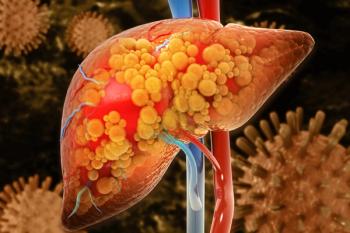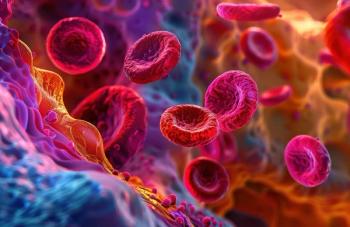
Newer Insulins May Increase Pharmacy Expenses but Reduce ED Visits
A new study found the increase in the use of insulin reaped dual results: the pharmacy expenses were substantially increased but the number of hypoglycemia-related emergency department visits were reduced.
A new study found the increase in the use of insulin reaped dual results: the pharmacy expenses were substantially increased but the number of hypoglycemia-related emergency department visits were reduced. The new research was conducted by pharmacy benefit manager Prime Therapeutics LLC.
Serving nearly 26 million members across the nation, Prime conducted 2 separate diabetes studies.
More than 9% of the American population suffers from diabetes, according to the CDC, and for most insured populations, insulin therapy for the treatment of diabetes is a leading pharmacy cost driver.
The study was conducted from January 2011 to June 2015. In 2011, diabetes drugs were 6.7% of all pharmacy benefit costs. These costs had risen to 10.7% by June 2015. Overall, the cost for all diabetes drugs increased 168% in the insured population. In the same timeframe, even the cost of insulin increased. What was 3% of all pharmacy benefit costs in January 2011 rose to 5.4% in June 2015—a total jump of 200%.
The second study tracked emergency department visits for hypoglycemia. These visits are an indicator for severe hypoglycemia events that may result in injury or death. In the study population, the nearly 4 million members had a total of 4128 emergency department visits coded for hypoglycemia over more than 4 years. Members with type 1 diabetes had the highest rate of emergency department visits. Members with type 2 diabetes were less likely to have an emergency department visit for hypoglycemia if they were using newer, long-acting insulin than if they were using both long-acting and short-acting insulin (basal/bolus therapy).
The general consensus was that despite the increase in pharmacy costs, increase in insulin use lowered the overall rate of emergency department visits. Hence, it is imperative to assess new drugs that demonstrate lower hypoglycemia risk for their clinical and financial value. Prime also encouraged the use of generic medicines with known long term safety and effectiveness profiles, such as metformin, through its utilization management step therapy program.
“With new diabetes drugs coming to market that may be able to lower the risk of hypoglycemia events for some patients, health plans and employers should carefully weigh the benefits compared with lower cost drugs currently available,” Kevin Bowen, MD, MBA, principal health outcomes researcher at Prime,
Newsletter
Stay ahead of policy, cost, and value—subscribe to AJMC for expert insights at the intersection of clinical care and health economics.












































